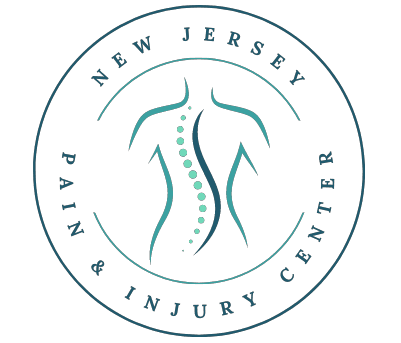Accidents can leave us feeling broken, both physically and emotionally. Recovering from injuries often involves a multi-step approach focusing on regaining strength, mobility, and overall well-being. Core strengthening is a vital component of this process, providing stability and support for the body.
If you’re wondering why there’s an emphasis on core strength and how physical therapy effectively enhances it, Keep reading to find out.
Understanding the Importance of Core Strength
Your core isn’t just your six-pack. It’s a complex network of muscles that includes your abdomen, lower back, pelvis, and hips. These muscles provide stability, balance, and support for nearly all your everyday movements and activities. They help:
- Transfer force from your upper body to your lower body and vice versa.
- Maintain proper posture by supporting your spine and preventing slouching or hunching.
- Protect your spine by absorbing impact and preventing injuries.
- Improve balance and coordination for performing daily activities.
Why Core Strength Matters After an Accident
Accidents can damage muscles, ligaments, and even bones. This can significantly weaken your core, leading to:
- Increased Pain: A weak core can’t support your spine properly, leading to back pain and stiffness.
- Reduced Mobility: This involves difficulty with basic movements like bending, twisting, and lifting.
- Poor Posture: A weakened core translates to poor posture, straining your muscles and joints.
- Increased Risk of Further Injury: Finally, this ailment leaves your body vulnerable to future injuries.
Strengthening core muscles through targeted exercises accelerates recovery and enhances overall body mechanics.
Physical Therapy for Core Strength Recovery
By focusing on targeted exercises and personalized care, physical therapists help individuals regain stability, reduce pain, and improve overall mobility.
Assessment and Customized Plans
Upon initial assessment, physical therapists evaluate the patient’s condition, identifying weaknesses and areas needing care. Based on this evaluation, they create personalized treatment plans tailored to the patient’s recovery goals.
Targeted Exercises
Physical therapy sessions include various exercises aimed at strengthening core muscles. These may include:
- Core Stabilization Exercises: Focuses on activating deep core muscles to improve stability.
- Dynamic Movements: Integrates core muscles with functional movements to enhance strength and flexibility.
- Balance and Coordination Training: Improves overall stability and reduces the risk of falls or re-injury.
Progress Monitoring and Adjustments
Throughout the rehabilitation process, therapists monitor progress closely, adjusting exercises and techniques to improve recovery results. This approach ensures that patients regain core strength effectively and safely.
Holistic Approach
Beyond exercises, therapists also incorporate modalities like heat therapy or electrical stimulation to manage pain and support healing, offering a comprehensive approach to recovery.
Long-Term Benefits of Physical Therapy
By improving core strength through physical therapy, individuals can quickly recover from injuries and accidents. They can also enhance their overall posture, stability, and ability to perform daily activities confidently.
Recovering from an accident takes time and patience, and physical therapy can help you regain your core strength during this process. At Totowa Spine & Injury Center, our expert physical therapists guide you through rehabilitation, help rebuild core strength, and enhance overall recovery. Fill out the patient form to get started!

